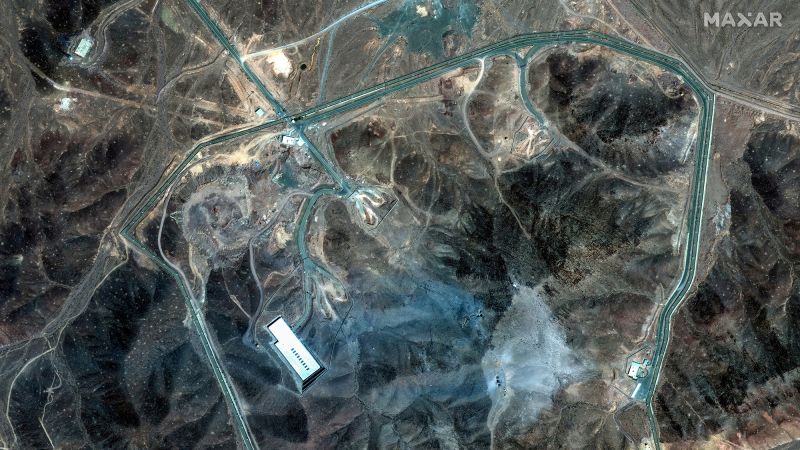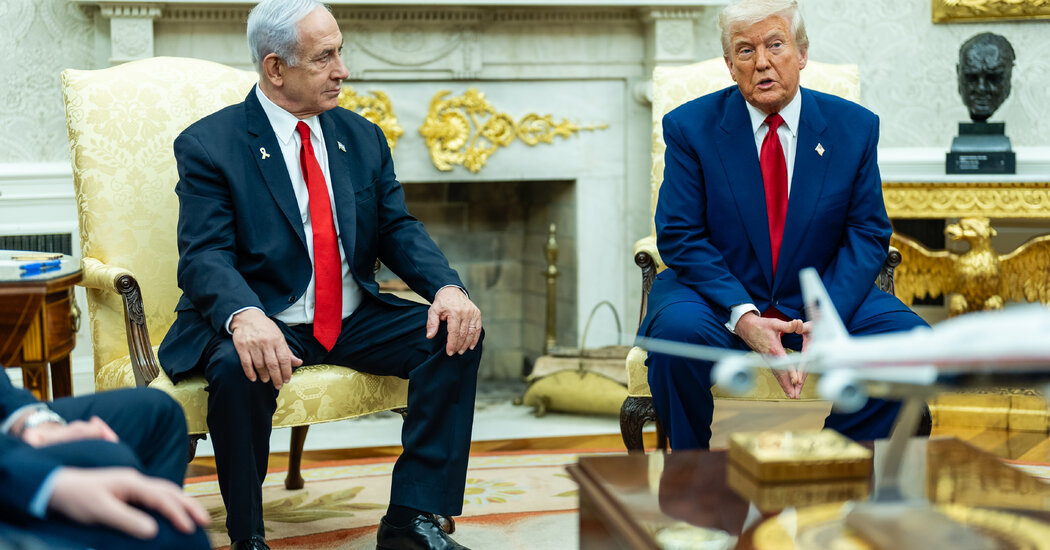In a significant escalation of tensions in the Middle East, recent U.S. military strikes on three of Iran’s nuclear facilities have sparked widespread debate and concern among international observers and policymakers alike. According to an early assessment from U.S. intelligence sources, which was relayed by three individuals familiar with the findings, these strikes, rather than delivering a decisive blow to Iran’s nuclear ambitions, appear to have merely delayed the program by several months. This revelation raises critical questions about the efficacy of military interventions in curbing nuclear proliferation and the broader implications for regional security. The strikes, which took place over the weekend, were characterized by U.S. officials as necessary actions aimed at thwarting Iran’s potential development of nuclear weapons capabilities. However, the intelligence assessment indicates that the core components of Iran’s nuclear program remain largely intact. This outcome has led to a growing sense of unease among analysts and foreign policy experts who worry that the strikes may not only have failed to achieve their intended objectives but could also embolden Iran to accelerate its nuclear efforts. As the dust settles on the military actions, the ramifications are being scrutinized from various angles. The U.S. government, under the current administration, has long expressed its commitment to preventing Iran from obtaining nuclear weapons, viewing it as a significant threat to both regional and global security. However, the apparent ineffectiveness of the recent strikes necessitates a critical examination of the strategies employed and the underlying assumptions about Iran’s nuclear capabilities. Notably, the strikes were executed in a context where diplomatic efforts had seemingly stalled, and tensions were already heightened due to a series of provocations and retaliatory actions in the region. Iran’s nuclear program, which has been under scrutiny for years, has evolved significantly, with advancements that have often outpaced international efforts to contain it. The military strikes, while dramatic in their execution, have now prompted a reevaluation of the U.S. approach to Iran. Experts in nuclear nonproliferation argue that such military actions may inadvertently reinforce Iran’s resolve to pursue its nuclear ambitions. By failing to dismantle critical infrastructure, the strikes could serve as a rallying point for Iranian leadership, uniting various factions in a common cause against perceived external aggression. Additionally, the potential for retaliatory measures from Iran raises concerns about an escalating cycle of violence and further destabilization in an already volatile region. As the international community grapples with the implications of the strikes, the focus shifts to diplomatic channels that may offer a path forward. The legacy of previous negotiations, particularly the 2015 Joint Comprehensive Plan of Action (JCPOA), hangs heavily over current discussions. Although the JCPOA was designed to limit Iran’s nuclear capabilities in exchange for the lifting of economic sanctions, its collapse following the U.S. withdrawal in 2018 has left a vacuum in diplomatic relations. The recent military strikes have only complicated efforts to revive such negotiations, with Iran now more entrenched in its position and less willing to engage in talks that might be perceived as capitulation. Observers note that a successful diplomatic resolution will require not only a shift in the U.S. approach but also a willingness from Iran to engage constructively. The stakes are high, as any miscalculation could lead to a broader conflict that would involve regional powers and potentially draw in global actors. As Iran continues to demonstrate resilience in the face of external pressures, the importance of a multifaceted strategy becomes increasingly clear. This strategy would need to balance military deterrence with diplomatic engagement, recognizing that military strikes alone cannot provide a lasting solution to the complex web of issues surrounding Iran’s nuclear program. Furthermore, the broader geopolitical landscape complicates the situation significantly. Russia and China have historically supported Iran, and their responses to U.S. actions will be pivotal in shaping the future of international relations in the region. In a world where alliances are continually shifting, any unilateral action by the U.S. risks alienating potential partners and emboldening adversaries. The aftermath of these strikes also underscores the necessity for robust intelligence capabilities that can provide a more nuanced understanding of the evolving situation on the ground. The early assessment indicating that Iran’s nuclear capabilities remain largely intact raises questions about the quality and timeliness of intelligence used to justify military action. In an era where information is readily available yet often conflicting, the U.S. must refine its approach to intelligence gathering and analysis to avoid similar miscalculations in the future. Moreover, the domestic implications of these strikes cannot be overlooked. As public opinion regarding military interventions continues to fluctuate, the administration will need to articulate a clear rationale for its actions and outline the intended outcomes. The potential for backlash from various constituencies, including veterans, peace activists, and those advocating for a more restrained foreign policy, could impact not only current operations but also future electoral prospects. As the world watches closely, the question remains: what comes next for U.S.-Iran relations? The landscape is fraught with uncertainty, but one thing is clear: the military strikes have not delivered the decisive victory that was hoped for, and the path ahead will require a recalibration of strategies that prioritize dialogue alongside deterrence. The stakes are too high for a simplistic approach, and the need for a comprehensive understanding of the complexities involved has never been more urgent. In the coming weeks and months, the international community will be watching to see if the U.S. can pivot towards a more constructive dialogue that recognizes the multifaceted nature of the challenges posed by Iran and seeks a sustainable resolution that enhances security for all parties involved. As we reflect on the events of the past weekend, it becomes apparent that the commitment to a peaceful resolution to the Iranian nuclear dilemma is not just a matter of political will; it is a necessity for the stability of the Middle East and, indeed, the world at large. The ongoing situation serves as a stark reminder that in matters of national and international security, the consequences of actions taken today will reverberate far into the future, shaping the landscape for generations to come.
Continue reading the complete article on the original source



